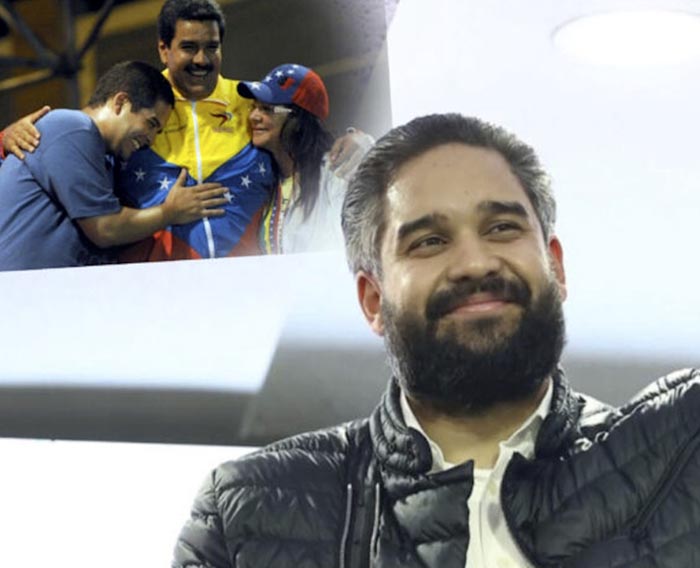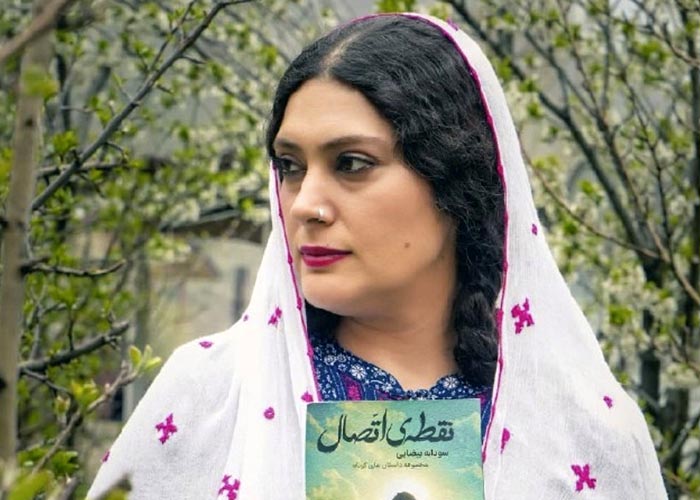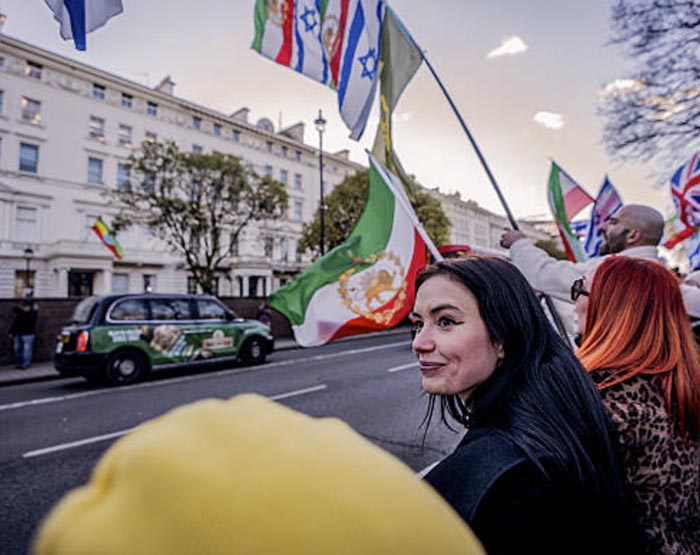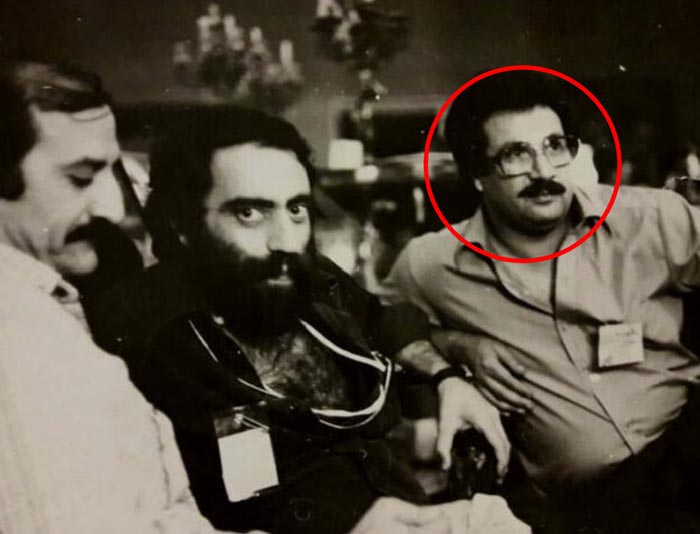Celebrating Kurdish Heritage: A Deep Dive into the Zakho Traditional Dress Festival
A Glimpse into the Wardrobe: Exploring Kurdish Traditional Dress Styles
Kurdish traditional dress is renowned for its vibrant colors, flowing silhouettes, and intricate embellishments. While there are common elements, regional variations are significant and fascinating. The Zakho festival provided a window into this diverse landscape of Kurdish fashion.
Common Elements of Kurdish Traditional Dress:
- Vibrant Colors: Kurdish attire is characterized by its use of bold and bright colors, symbolizing joy, life, and nature.
- Flowing Fabrics: Loose, flowing fabrics are common, providing comfort and elegance.
- Intricate Embroidery and Embellishments: Elaborate embroidery, beading, sequins, and other embellishments are frequently used to adorn garments, adding beauty and value.
- Layering: Many traditional outfits involve layering of garments, which can vary depending on the region and the occasion.
- Headwear: Headwear, such as scarves, turbans, and caps, is an integral part of traditional Kurdish dress, often adorned with coins or other decorations.
- Accessories: Jewelry, belts, and other accessories play a significant role in completing the traditional look.
Regional Variations Showcased at the Festival:
The Zakho festival featured styles from:
- Kurdistan Region of Iraq: Known for its elegant and often elaborate dresses for women, featuring wide sleeves and intricate embroidery. Men’s attire often includes a vest over a shirt and trousers, with a distinctive sash.
- Kurdish-Majority Areas in Syria: Styles here might show influences from the surrounding Arab culture while retaining distinct Kurdish elements. Simpler, more practical designs might be prevalent in some areas.
- Kurdish-Majority Areas in Turkey: Traditional dress in Turkey’s Kurdish regions often features vibrant colors and detailed embroidery, with variations reflecting local customs and available materials.
- Kurdish-Majority Areas in Iran: Iranian Kurdish dress is known for its rich fabrics, intricate patterns, and often more elaborate headwear. Men’s attire in some regions includes wide-legged trousers and distinctive jackets.





